Bad News for Car Buyers as SUVs, MPVs to Cost More Following GST Cess Increase
The cost of buying an SUV or MPV (multi-purpose vehicle) for your garage is going up. The GST Council decided to raise the cess from 20 per cent to 22 per cent, which would likely lead to a 2 per cent increase in the price of UVs, especially those longer than four metres.
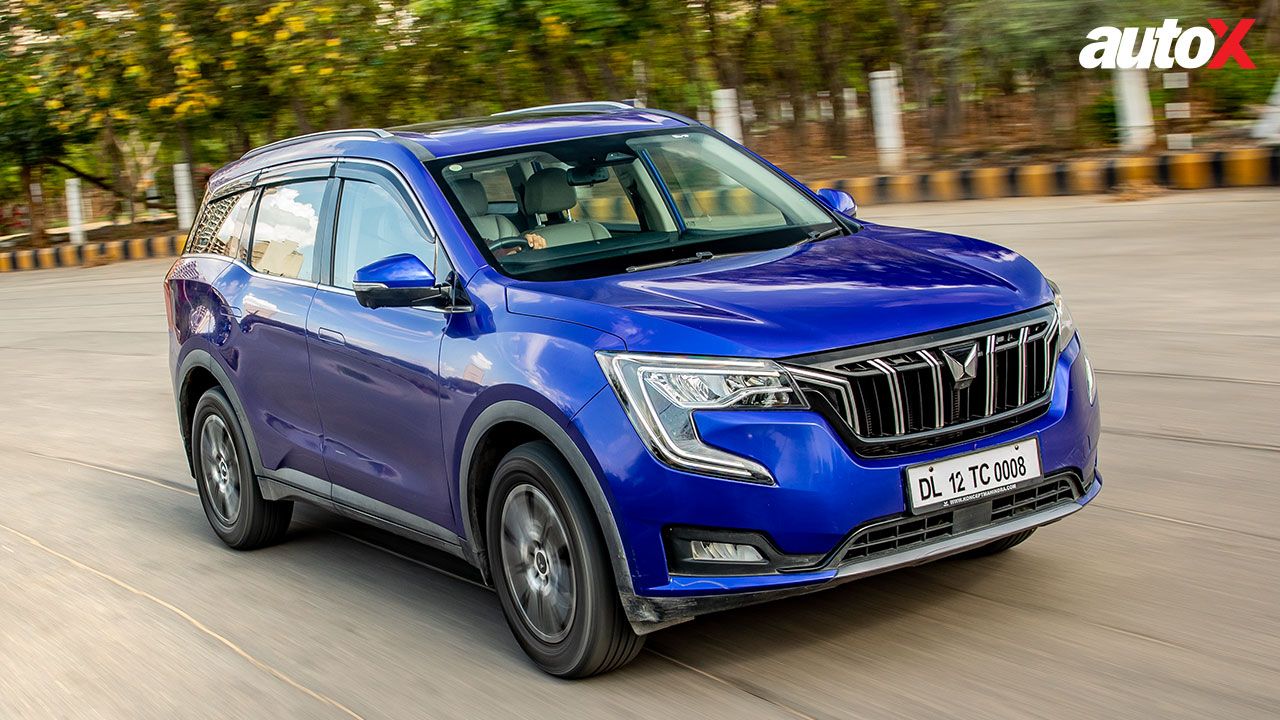
After the Goods and Services Tax (GST) Council reclassified which cars would fall within the utility vehicle category, purchasing an MPV in India with a powerful engine will become more expensive. The highest GST rates, now at 28 per cent, have previously applied to SUVs. A new uniform GST rate and extra cess will be imposed on all multi-utility vehicles that the council has determined to be in the same category. There has been a lot of ambiguity about this categorization, therefore the Goods and Services Tax (GST) Council has attempted to clear things up. An SUV is a vehicle that meets the standard definition of the word by being capable of exceptional driving dynamics on and off-road, as well as having a rugged construction and reliable performance. A wide variety of vehicles may be classified as SUVs, but those with 4x4 capabilities are often considered the epitome of the genre.
Also Read: Mahindra Marazzo, Bolero, XUV300 & More Get Discounts of up to Rs 73,000 in July
What did GST Council Decide?

The GST Council in India has specified the definition of an SUV. SUVs in this context are defined as vehicles longer than four metres, powered by engines of 1,500cc or more, and boasting a ground clearance of 170 mm or more when empty. There are a number of automobile models that do meet this narrow definition of an SUV, but there are a lot more that no longer do.
At its 50th meeting on Tuesday, the GST council resolved to eliminate the differential rate of compensation cess and place all Utility Vehicles (UVs) in the 22 per cent cess band, an increase of 2 per cent. SUVs and MUVs, which are considered sport utility vehicles, will now be subject to a higher tax rate as a result of this decision.
Whatever you want to call them—SUV, MUV, MPV—the council has chosen to include them all. The council has decided that every vehicle that fits certain criteria and has a name will be subject to a 22 per cent compensation cess in addition to the 28% GST.
All vehicles with a length more than 4000mm, an engine displacement greater than 1.5 litres, and a ground clearance greater than 170mm would be subject to a 22 per cent compensatory cess in addition to the standard 28 per cent GST, as per the revision.
Also Read: Kia Seltos Gets Discounts of up to Rs 85,000 in July 2023
What Kinds of Vehicles Can Be Expensive?
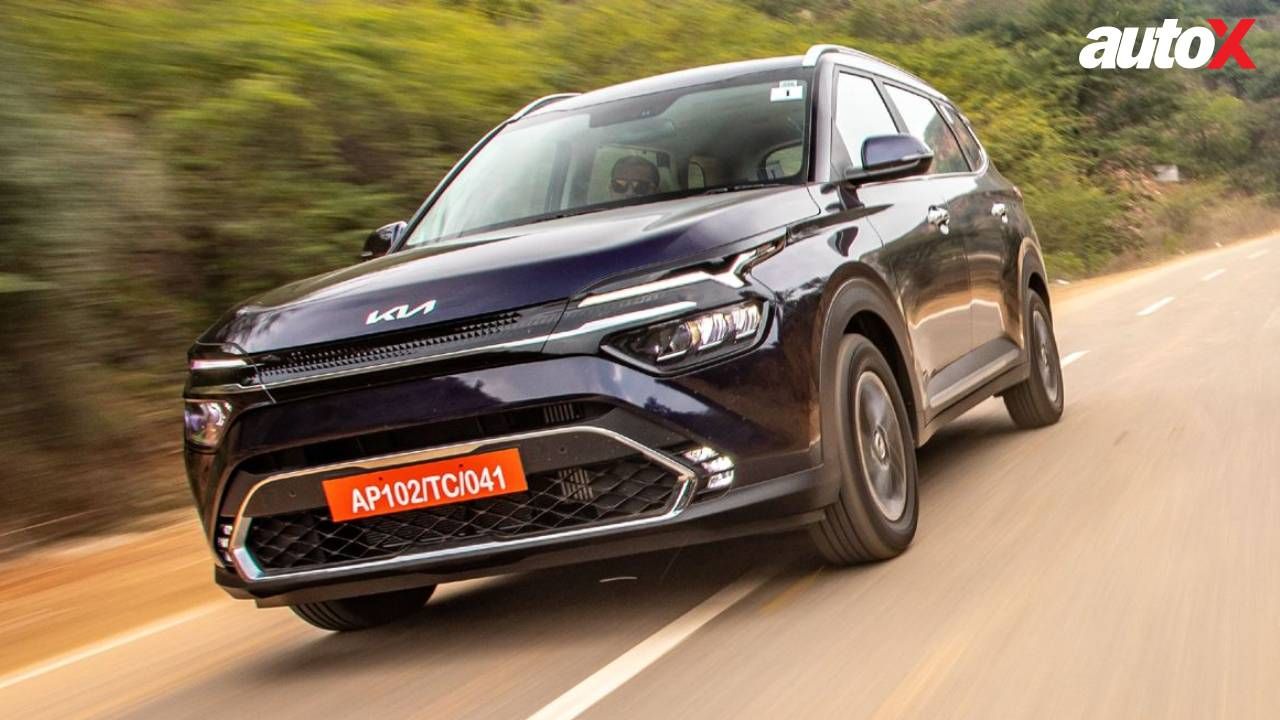
Most, if not all, sub-compact SUVs have an engine capacity of less than 1,500cc, therefore the change in categorization is unlikely to affect shoppers. However, the manufacturers of SUVs are expected to add the increased cess to the final purchase price, making it more expensive for customers to buy a vehicle that fulfils the above three criteria and is therefore classed as an SUV.
Popular cars including the Toyota Hyryder, Toyota Hycross, Kia Carens, Seltos, and Creta, and the Maruti Suzuki Ertiga and Grand Vitara, will increase in price if they meet the requirements.




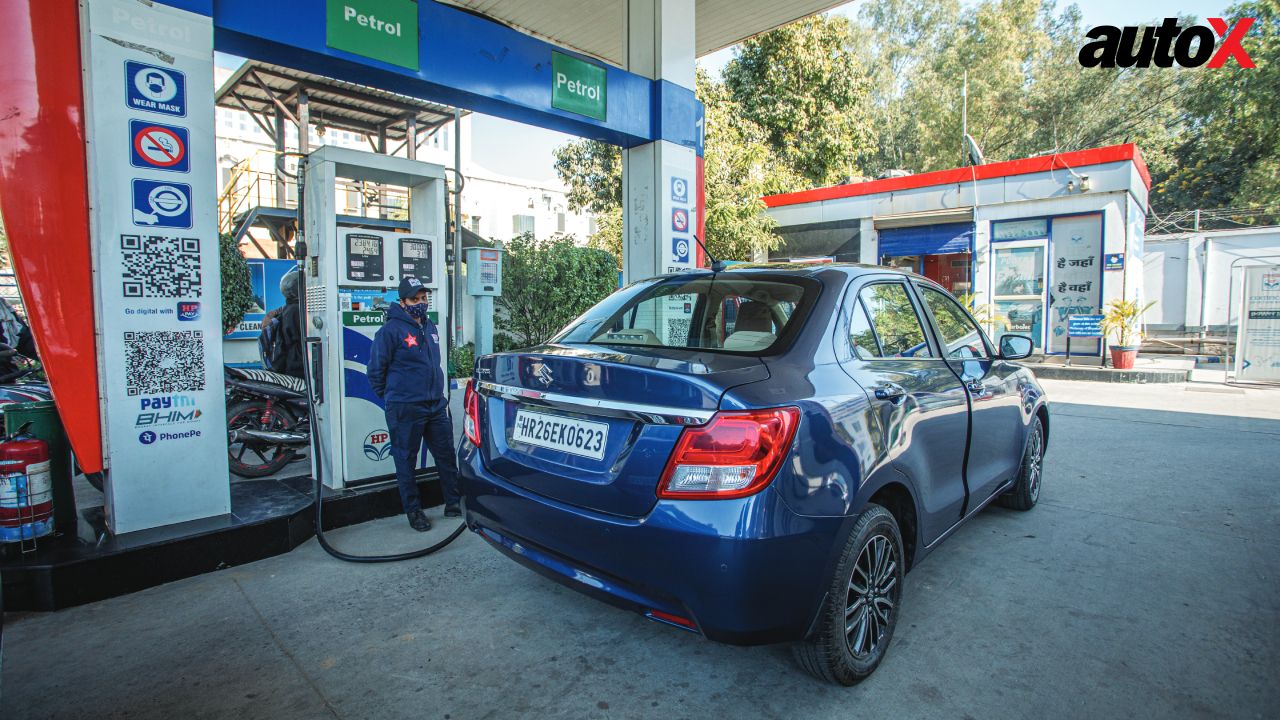
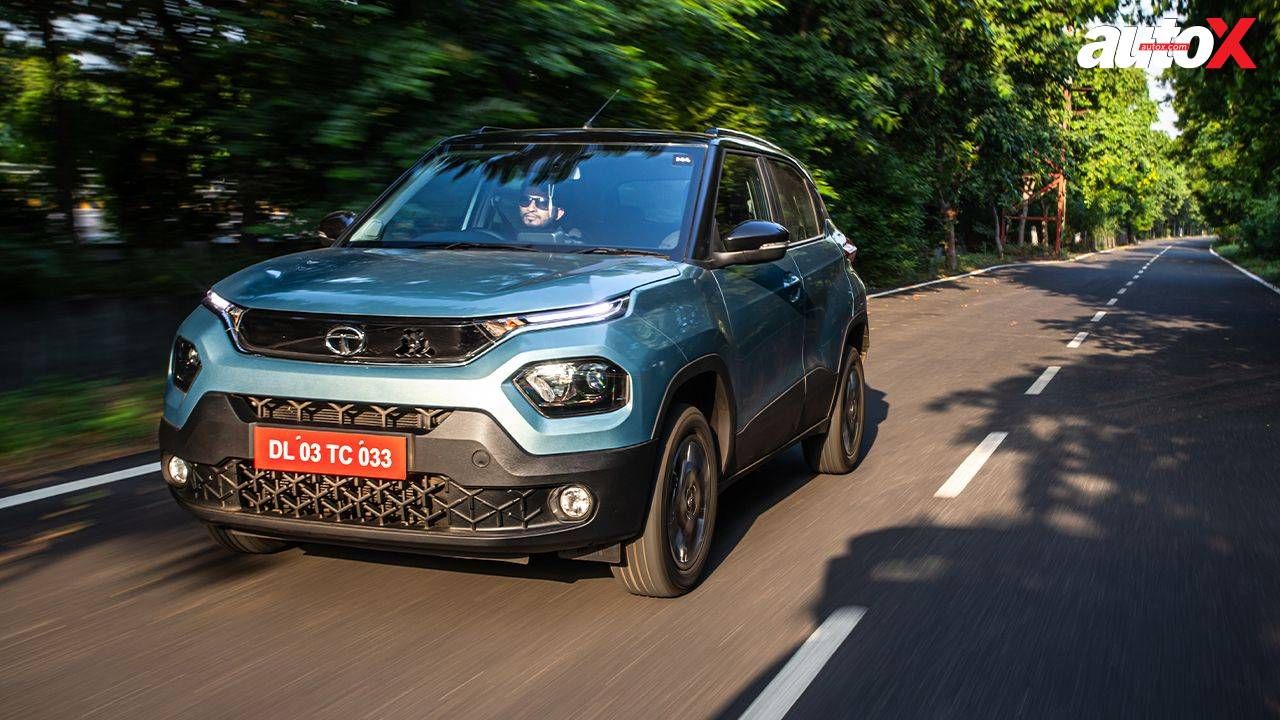
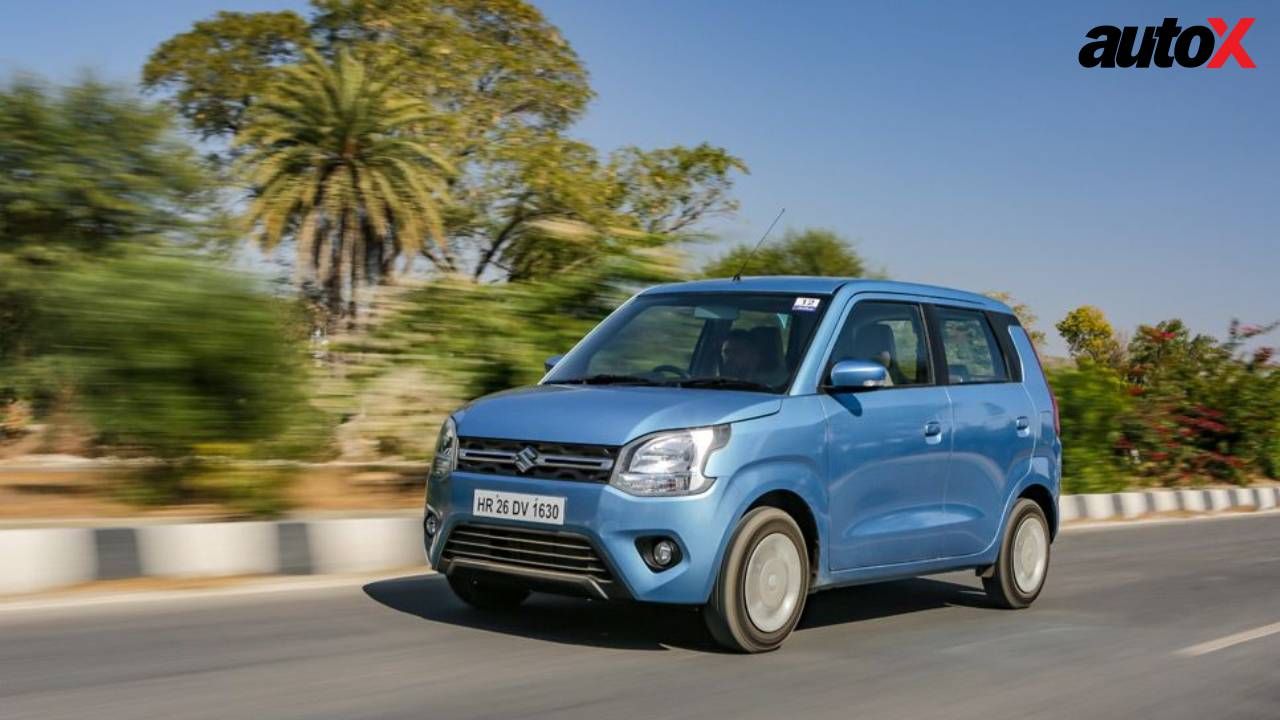



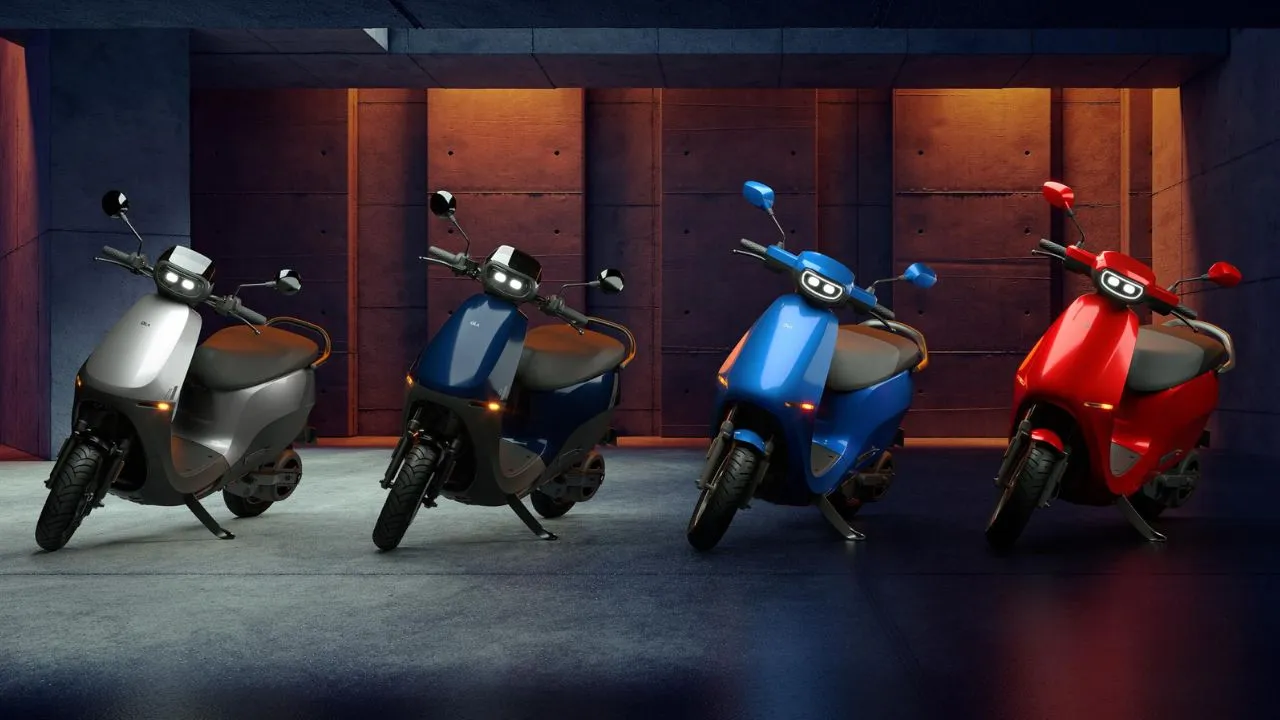

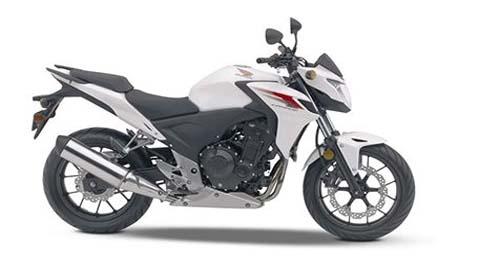
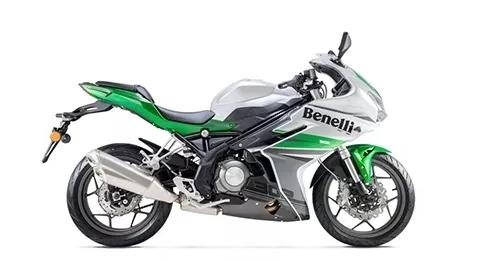
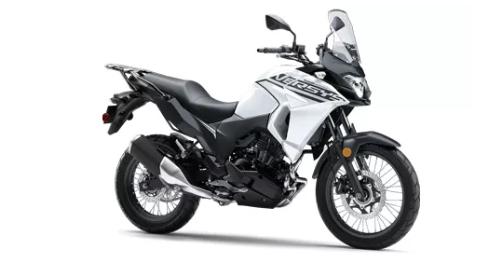










Write your Comment on